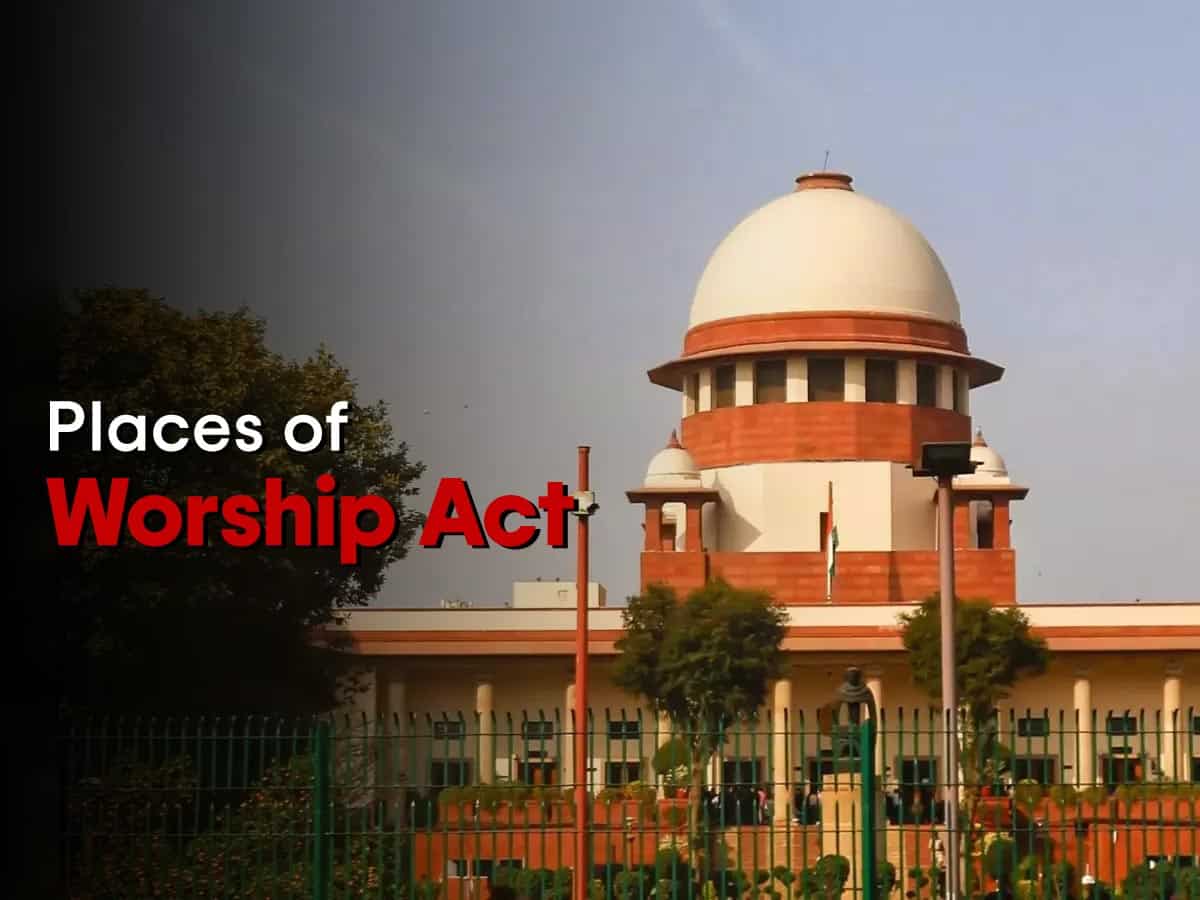
By Mohammed Amaan Khan
In a landmark ruling, the Allahabad High Court recently delivered a judgment dismissing a Public Interest Litigation (PIL) seeking the removal of the Shahi Idgah in Mathura, India. While the relief granted was based on the technicality of pending similar petitions before the court, the decision assumes critical significance amidst escalating concerns over the protection of religious sites across India.
This ruling comes at a time when the Supreme Court is seized with matters concerning the archaeological survey of the Gyanvapi Mosque in Varanasi and challenges to the Places of Worship Act of 1991. These developments raise questions about the sanctity of religious sites and the legal frameworks governing their preservation, particularly in light of past contentious cases such as the Babri Masjid dispute.
The Allahabad High Court’s decision marks a crucial juncture in India’s legal landscape, where the balance between religious sentiments and legal principles is delicately maintained. The case underscores broader issues regarding the interpretation and enforcement of the Places of Worship Act, a cornerstone of India’s secular framework.
At the heart of the matter lies the interpretation of the Places of Worship Act of 1991, legislation enacted by Parliament to address communal tensions and preserve the religious character of public places of worship as they existed before August 15, 1947. The Act embodies the constitutional commitment to secularism and seeks to rectify past injustices by ensuring the non-conversion of places of worship and maintaining their historical integrity. The significance of the Act was reiterated in a landmark Supreme Court judgment, which underscored its role in upholding the fundamental principles of secularism and equality enshrined in the Indian Constitution. Chief Justice of India (CJI) D.Y. Chandrachud’s recent remarks regarding the Act’s examination reflect a broader discourse surrounding its relevance and efficacy in contemporary India.
However, challenges to the Act, such as those posed by BJP politician Ashwini Upadhyay, raise complex questions about historical grievances and the interpretation of religious conversions. Upadhyay’s petition challenges the Act’s cutoff date of 1947, arguing that it bars judicial redress for historical injustices and impedes the restoration of religious sites destroyed before the specified date.
The debate surrounding the Places of Worship Act extends beyond legal intricacies, delving into the rich tapestry of Indian history and the complex dynamics of religious identity. It confronts challenging questions about the interpretation of historical events, the fluidity of faith, and the entitlement to judicial redress. Moreover, recent incidents highlight the urgent need for safeguarding religious sites and addressing communal tensions. From the destruction of ancient temples to encroachments on sacred lands, the threat to religious diversity looms large, necessitating a robust legal framework to ensure protection and restitution.
In this context, the role of the judiciary becomes paramount. It must navigate complex historical narratives, uphold constitutional values, and safeguard the rights of all citizens, irrespective of their religious affiliations. The judiciary’s commitment to impartiality and fairness is crucial in ensuring the equitable enforcement of laws such as the Places of Worship Act. The parliamentary debates surrounding the Act’s inception provide valuable insights into its historical context and the socio-political tensions that necessitated its formulation. Amidst opposition and dissent, the Act emerged as a crucial instrument for maintaining communal harmony and preventing religious discord.
However, the Act’s enforcement faces numerous challenges, including the need for judicial interpretation and implementation. The judiciary’s role in interpreting the Act’s provisions and adjudicating disputes is crucial in ensuring its effective implementation and upholding the principles of secularism and equality. Concerted efforts are required to uphold the spirit of secularism enshrined in the Indian Constitution.
Emulating examples of communal harmony, such as the restoration of mosques by Sikh communities, can serve as guiding principles for fostering unity and mutual respect among diverse religious groups.
Ultimately, the Places of Worship Act stands as a wall against religious intolerance and communal discord, embodying India’s commitment to pluralism and inclusivity. Its preservation and enforcement are imperative in safeguarding the nation’s secular ethos and ensuring a harmonious coexistence of diverse religious communities. As India navigates the complexities of religious pluralism and identity, the judiciary’s commitment to upholding constitutional values remains paramount in preserving the country’s rich tapestry of cultural and religious diversity.
Mohammed Amaan Khan is a Research Fellow at the Centre for Development Policy and Practice (CDPP) and an aspiring economist who graduated with honours from Symbiosis School of Economics, earning a B Sc in Economics.



